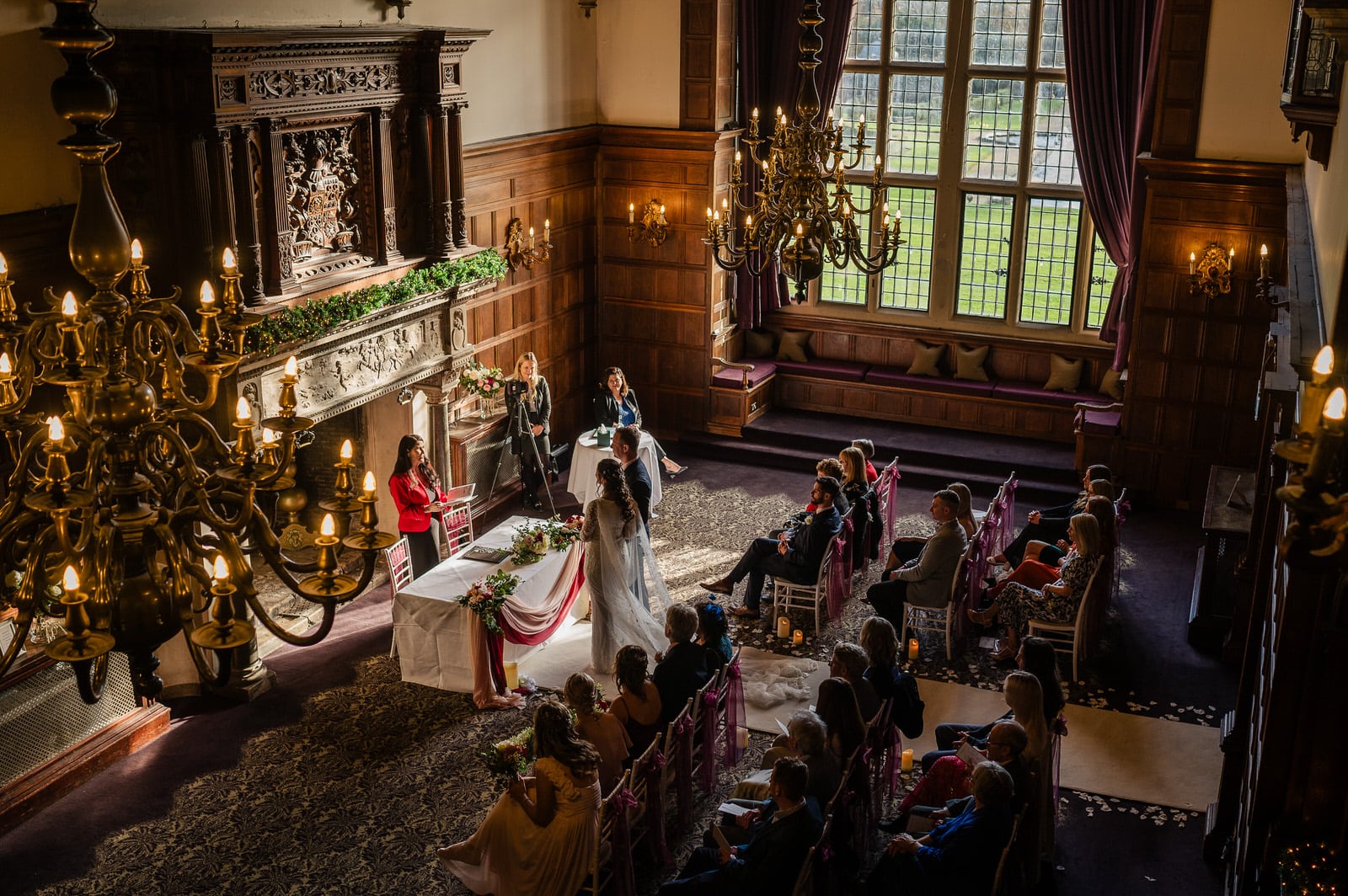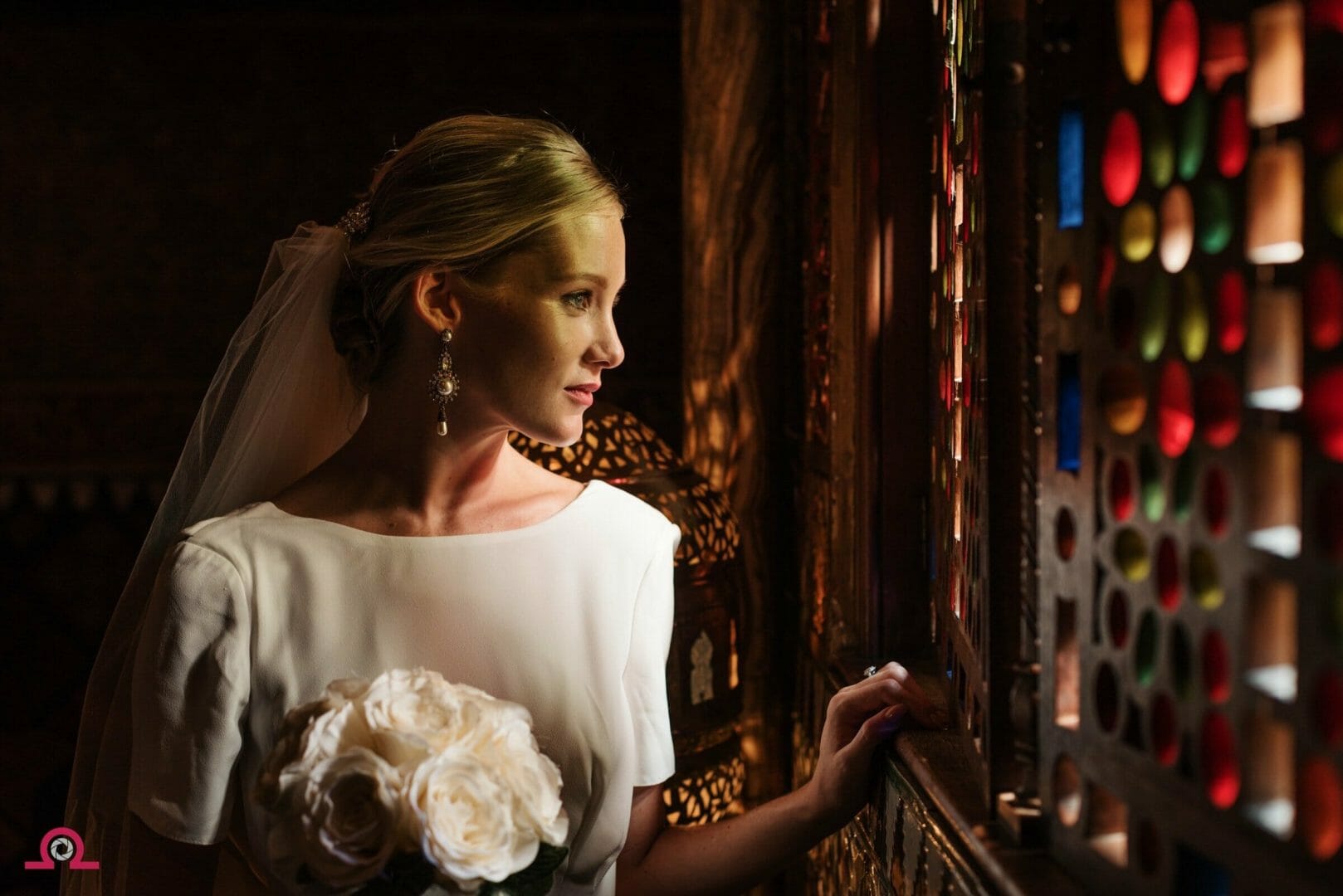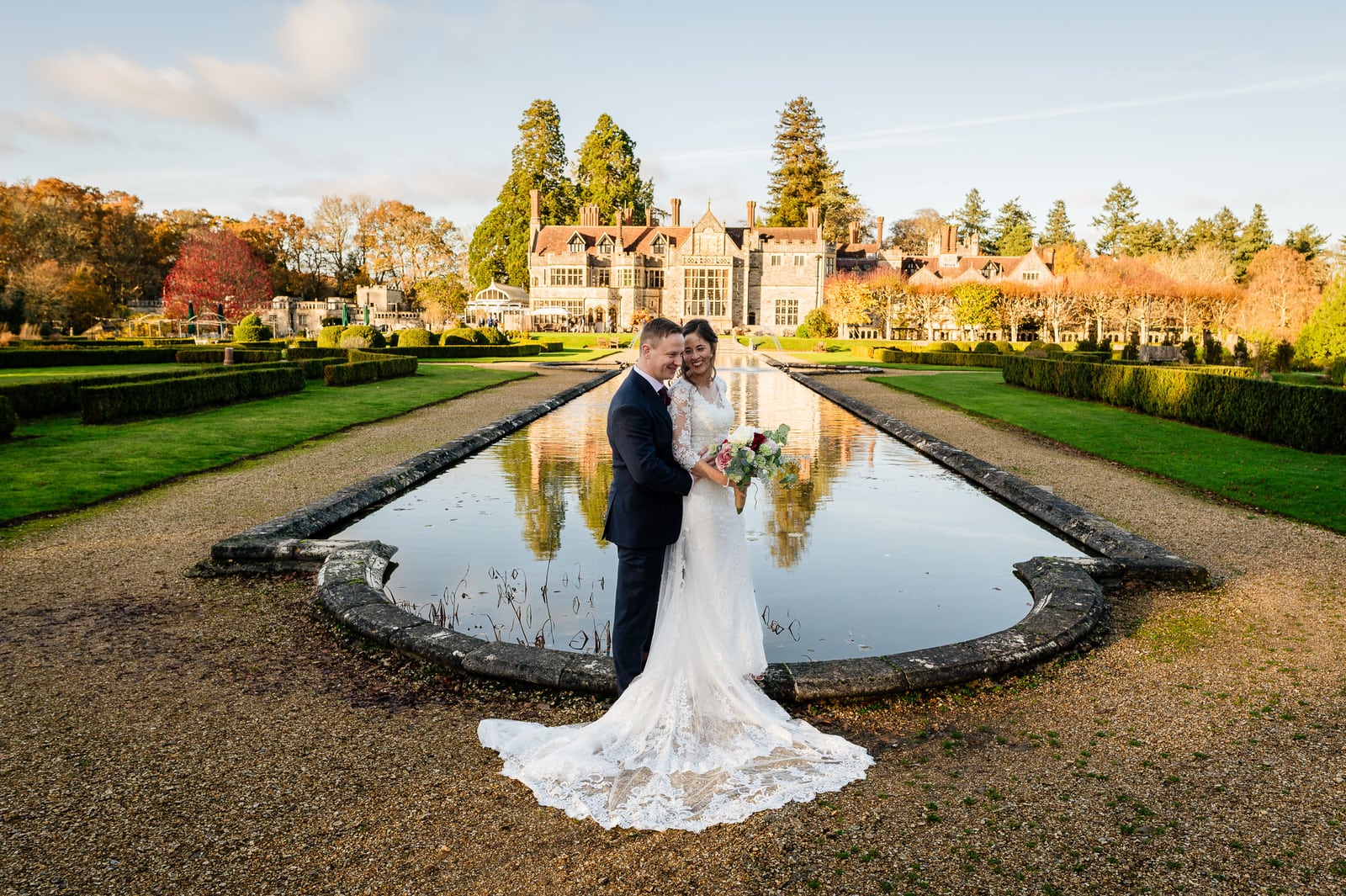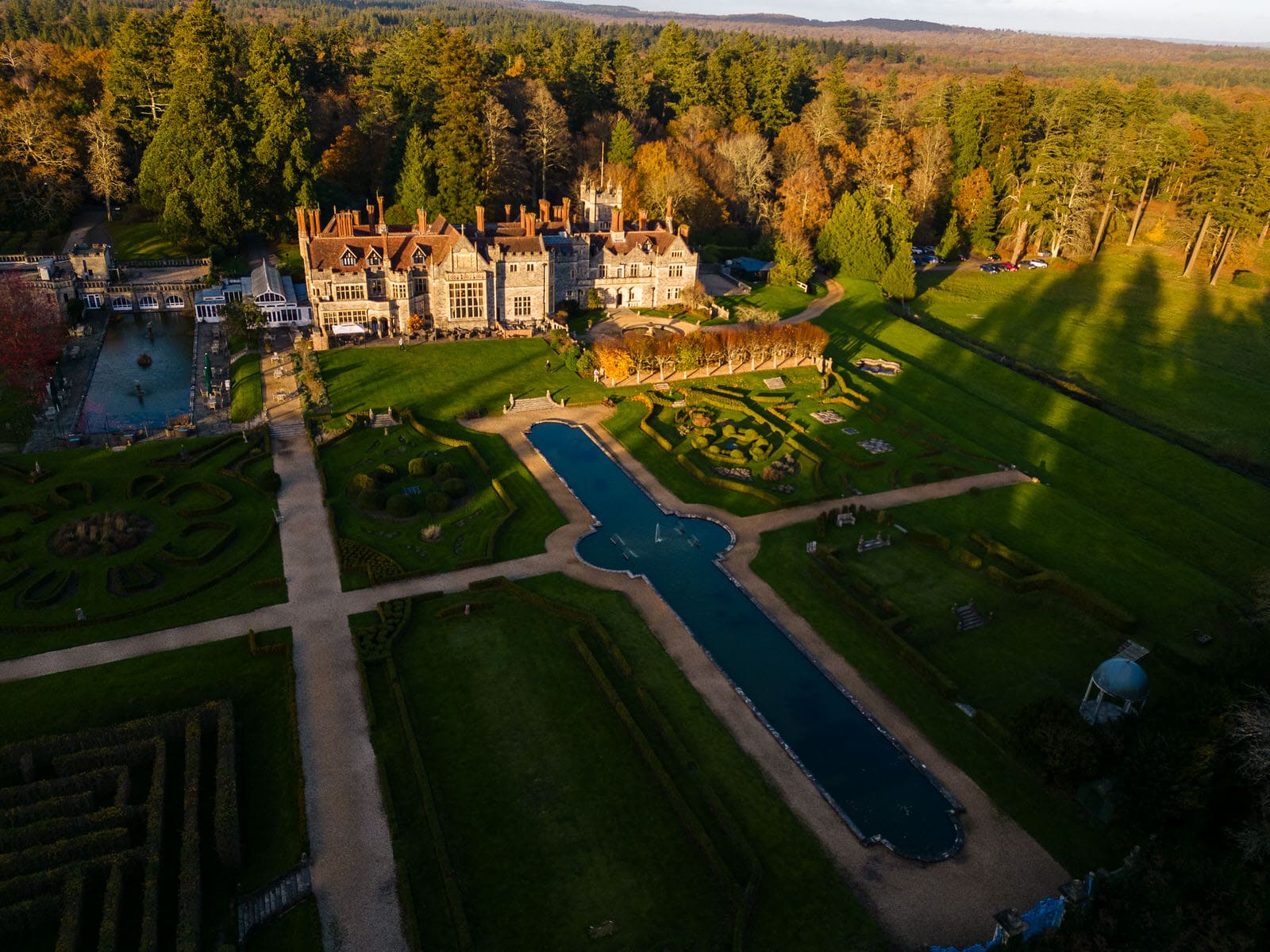Rhinefield House
Rhinefield Road
Brockenhurst
Hampshire
S042 7QB

History of Rhinefield House
Rhinefield House, located in the New Forest near Brockenhurst, has a rich history dating back to the time when William the Conqueror first proclaimed the New Forest in around 1097. The area was designated as a Royal hunting preserve, and the first keeper’s lodge at Rhinefield was built in 1709. By 1859, Rhinefield had evolved from a series of keeper’s lodges to the residence of a Forest Nurseryman, who was responsible for the creation of the Ornamental Drive and planting many conifers in the grounds.
The current form of Rhinefield House dates back to the 1880s. It was constructed as a family home for the Walker family after the daughter of the family became engaged to Lieutenant Munro RN in 1885. The couple, who adopted the name Walker-Munro, oversaw the construction of the Great House, a hunting lodge, stables, and other structures. The house was designed with suites for daughters, but the couple eventually had a son, Major Ian Walker-Munro, who emigrated to Kenya after WW1.
The Walker-Munro family experienced some controversy, notably in their self-styled claim as “Lord of the Manor at Rhinefield,” which brought them into conflict with the Morant family, the official Lords of the Manor of Brockenhurst and Rhinefield. This dispute even led them to build their own church in 1903, now known as St Saviour’s by the Watersplash in Brockenhurst.
After Lieutenant Munro died in 1923, the estate faced legal issues concerning the inheritance, but ultimately it remained in the family’s possession until after the death of Ian Walker-Munro in 1950. Following this, the estate experienced a period of uncertainty. Several conversion projects, including plans to turn it into flats or a hotel, did not materialize. It was briefly used as a private school for ten years. In 1972, Mr. Oliver Cutts bought the freehold and made significant refurbishments.
Architecturally, Rhinefield House is a blend of various styles, reflecting the personal tastes of the Walker-Munro family. Tudor and Gothic architecture are prominent, with the Grand Hall featuring aspects similar to Westminster Hall, and the master’s smoking room resembling the Alhambra Palace in Granada. The craftsmanship throughout the house is noteworthy, with work from wood carvers, stonemasons, sculptors, and other artisans. The Alhambra Room is particularly remarkable, taking two years to build by Spanish workmen brought over specifically for this purpose.
Today, Rhinefield House stands as a testament to the architectural and historical richness of the New Forest area, offering a glimpse into the past while serving as a modern hotel and event venue.




